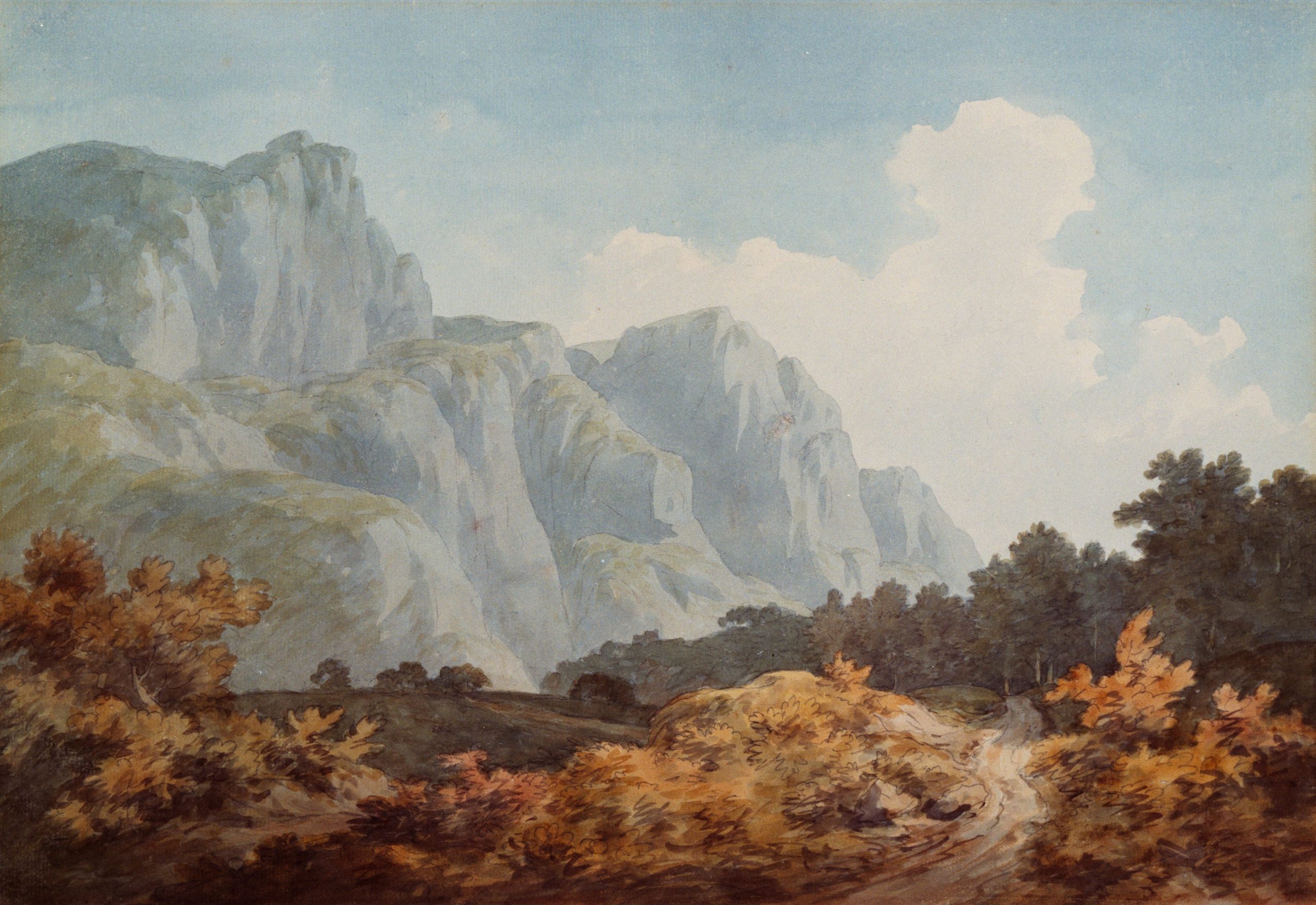Introduction: In an interconnected world, art serves as a universal language that transcends borders, capturing the essence of diverse cultures and providing glimpses into the tapestry of human history. From ancient cave paintings to contemporary masterpieces, the realm of art is a portal through which we can explore and appreciate the rich cultural diversity that exists across the globe. In this article, we delve into the significance of art in shaping cultural identities, fostering understanding, and bridging gaps between societies.
- Art as a Mirror of Cultural Identity: Art is an integral part of a society’s cultural identity. It reflects the values, beliefs, traditions, and experiences of a particular group of people. By studying different artistic movements and styles, we can gain profound insights into the aspirations, struggles, and triumphs of various cultures. Whether it is the vibrant colors of Mexican murals, the intricate patterns of Islamic calligraphy, or the ethereal landscapes of Chinese ink paintings, art allows us to appreciate the unique perspectives and narratives embedded within different societies.
- Artistic Exchange and Cultural Influence: Throughout history, artistic exchange and cross-cultural fertilization have played a pivotal role in shaping the development of art. The Silk Road, for instance, facilitated the flow of artistic ideas between Asia, Europe, and Africa, resulting in a fusion of styles and techniques. The Renaissance in Europe was profoundly influenced by the rediscovery of ancient Greek and Roman art, which had been preserved and further developed in the Byzantine and Islamic worlds. Today, globalization and advancements in technology enable artists to collaborate across continents, further enriching the diversity and dynamism of artistic expression.
- Preserving and Celebrating Cultural Heritage: Art serves as a custodian of cultural heritage, preserving traditions and narratives that might otherwise be lost to time. Museums, galleries, and cultural institutions play a crucial role in safeguarding and promoting this heritage. From the British Museum housing Egyptian artifacts to the Louvre showcasing classical masterpieces, these institutions allow visitors to embark on a journey through time and witness the evolution of human creativity. Moreover, initiatives such as UNESCO’s World Heritage List and cultural exchange programs foster appreciation and understanding of diverse artistic traditions.
- Art and Social Change: Art has long been a powerful tool for challenging societal norms, advocating for justice, and igniting social change. Artists have utilized their creations to shed light on issues such as inequality, discrimination, and political oppression. From Picasso’s “Guernica” depicting the horrors of war to contemporary street art addressing social issues, art has the capacity to inspire dialogue, provoke reflection, and push for a more inclusive and equitable society.
Conclusion: “From Palette to Passport: Navigating Art History and Cultural Diversity” highlights the transformative power of art in connecting people across time and space. By exploring different artistic traditions, we gain a deeper understanding of the diverse cultures that shape our world. Art invites us to embrace the unfamiliar, celebrate our shared humanity, and promote cross-cultural dialogue. So, let us embark on this journey together, armed with our palettes and passports, as we navigate the vibrant landscape of art history and cultural diversity.
Note: As an AI language model, I do not have a distinct personal style, but I have endeavored to deliver accurate and engaging reporting in line with journalistic ethics.




